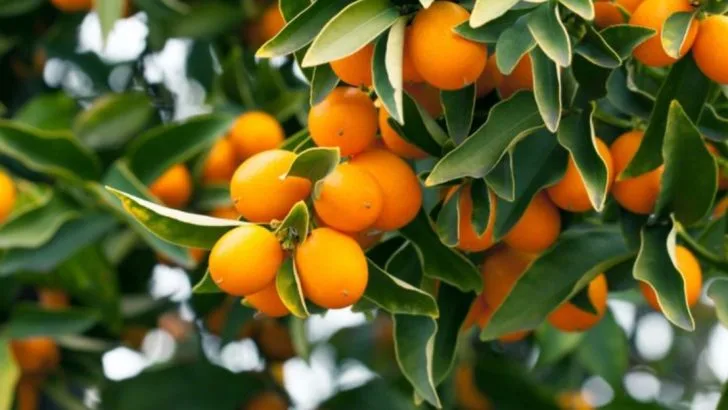Most home gardens are filled with familiar favorites like apples, peaches, and strawberries—but why not grow something truly unique? There are plenty of rare fruits that not only taste incredible but also thrive in backyard gardens, even in limited space. Some of these unusual varieties grow on compact trees or vines, making them perfect for patios, balconies, or small urban yards.
Many of these fruits aren’t commonly found in grocery stores, so growing them yourself means you get to enjoy exotic flavors straight from your garden. From tropical treats that can handle cooler climates to fast-growing berries packed with antioxidants, there’s something for every adventurous gardener. Some are surprisingly easy to care for and even grow well in containers, so you don’t need a large orchard to enjoy fresh, homegrown fruit.
If you’re ready to add something extraordinary to your garden, these 14 rare fruits will make every harvest feel like a special occasion.
Finger Lime
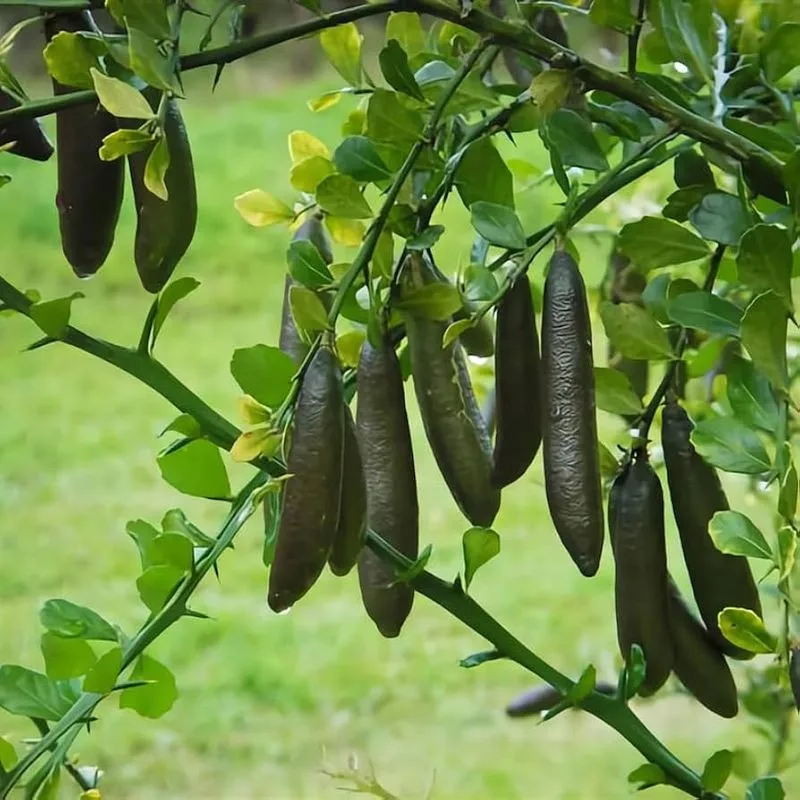
Often dubbed the “caviar of citrus,” these delightful fruits burst with tiny, tangy pearls. Finger limes grow well in containers, making them ideal for limited spaces. They require well-drained soil and a sunny spot to flourish. Regular watering ensures healthy growth, but be cautious of overwatering. Known for their unique appearance, finger limes add a gourmet touch to dishes. Try using them as a garnish or in refreshing beverages. Their versatility and flavor make them a must-have for culinary enthusiasts looking to elevate their garden’s offerings.
Dragon Fruit
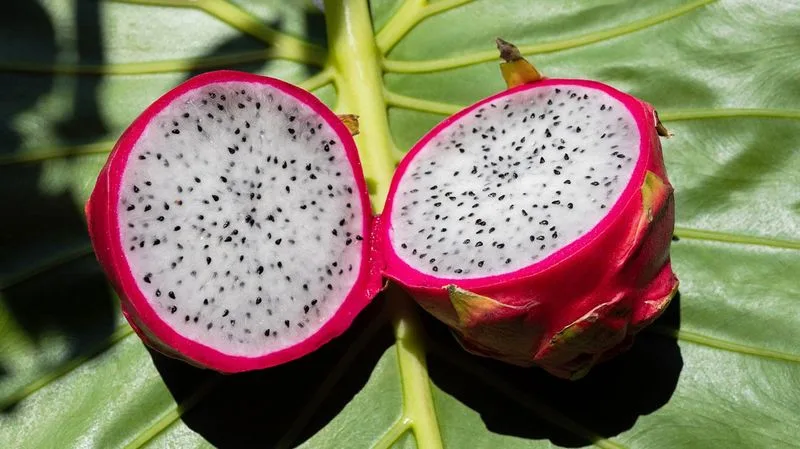
Sporting a striking appearance, dragon fruit is a cactus family member that captivates with its vibrant pink skin and speckled flesh. This plant thrives in well-drained soil and needs minimal water, making it drought-tolerant and perfect for beginners. Ensure it receives plenty of sunlight for optimal growth. The fruit, mildly sweet with a subtle crunch, is excellent in smoothies or as a healthy snack. Its unique look and low-maintenance nature make dragon fruit a fantastic addition to any garden aiming for visual impact without extensive care.
Mulberry
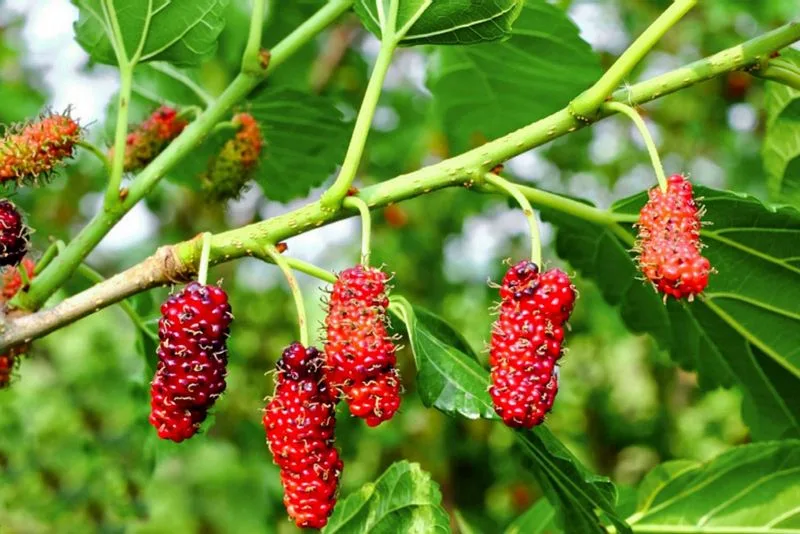
Mulberries are not just tasty; they’re also a visual delight. These berries come in white, red, and black varieties. They grow quickly and can be pruned to fit small spaces. Mulberries prefer a sunny location and deep, well-drained soil. Regular harvesting encourages more fruit production. Their sweet, juicy nature makes them perfect for jams or fresh eating. The tree’s vibrant foliage is an added bonus, providing shade and ornamental value. Ideal for gardeners seeking both beauty and sustenance from their plantings.
Goji Berry
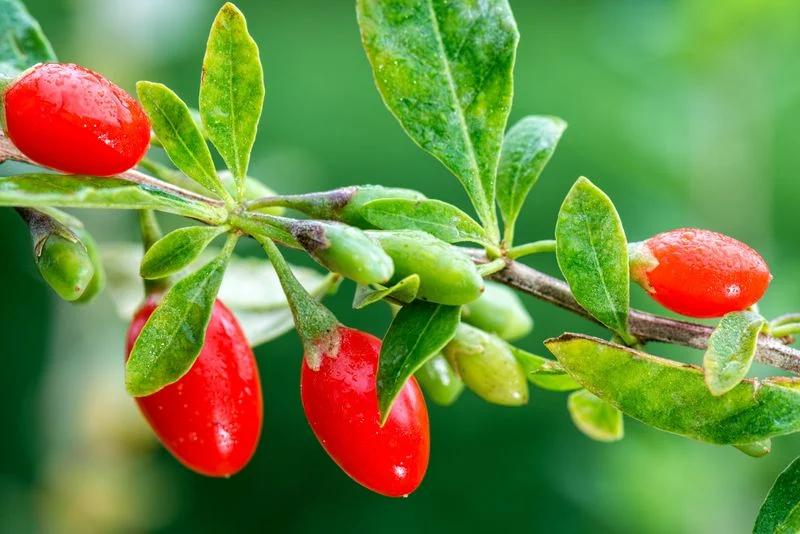
Known for its health benefits, the goji berry is a powerhouse of nutrition. These bright red berries grow on spindly bushes, which can thrive in containers or garden beds. They prefer sandy soil and full sun for the best yield. Minimal watering is needed once established, making them low-maintenance. The mildly sweet taste of goji berries is perfect for teas, cereals, or healthy snacks. Their ease of growth and nutritional value make them an excellent choice for health-conscious gardeners with space limitations.
Pineapple Guava
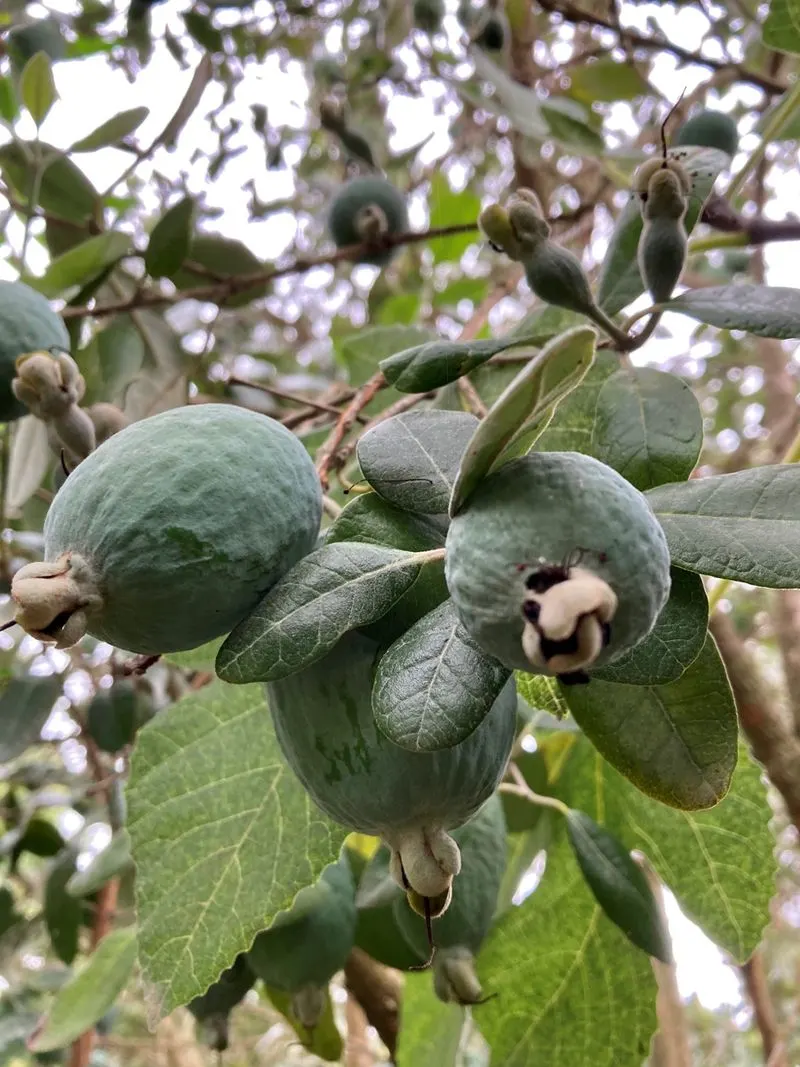
Pineapple guava, also known as feijoa, boasts a unique tropical flavor. This evergreen shrub produces small greenish fruits with a sweet and tangy taste. It thrives in sunny spots with well-drained soil and is relatively drought-tolerant. The plant’s attractive flowers and glossy leaves offer aesthetic appeal. Regular pruning helps maintain its shape and encourages more fruiting. Pineapple guava is versatile, enhancing everything from fruit salads to homemade jams. Its combination of beauty and functionality makes it a standout choice for small gardens.
Jabuticaba
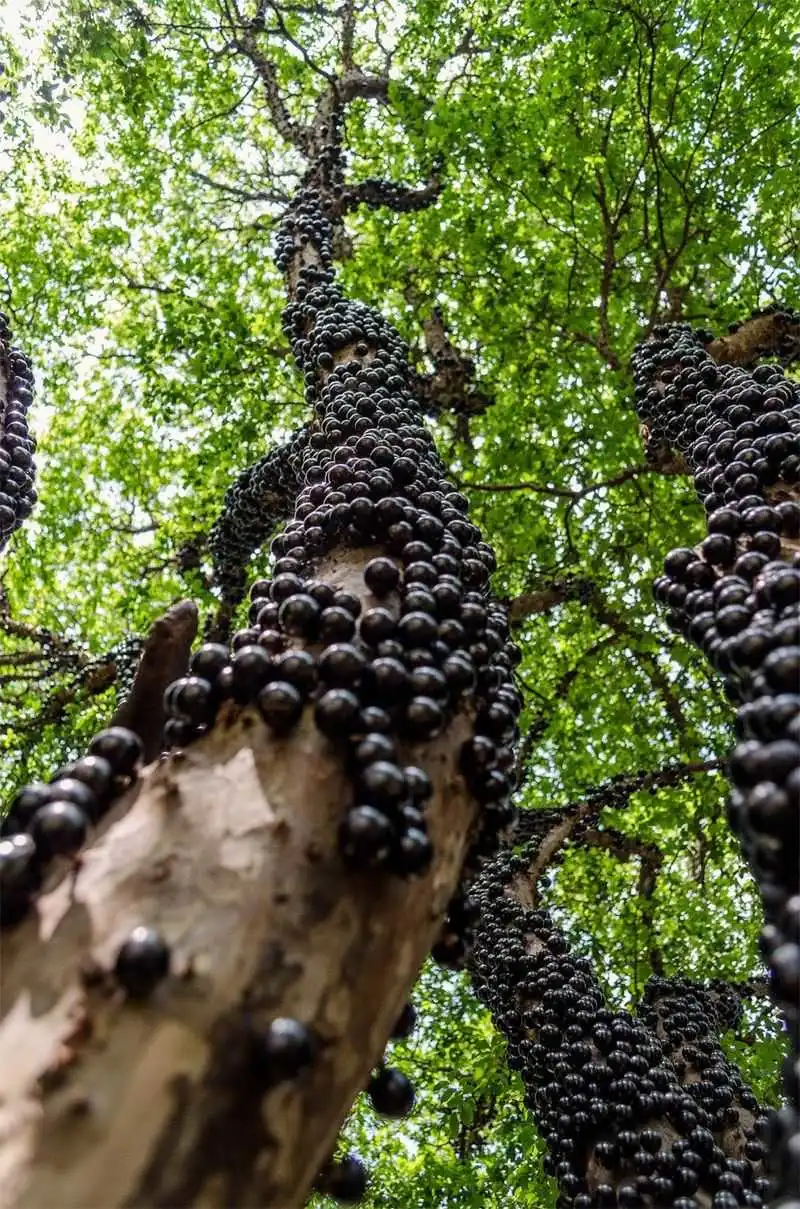
Originating from Brazil, the jabuticaba offers a unique growing experience. Its dark purple fruits sprout directly on the trunk and branches, creating a visually stunning display. This tree is suitable for small gardens as it can be pruned to manage size. It prefers well-drained soil and moderate watering. The grape-like fruits are sweet and can be enjoyed fresh or made into wines and jellies. Jabuticaba’s unusual growth pattern and delectable fruit make it a conversation starter and a delightful addition to any garden.
Hardy Kiwi
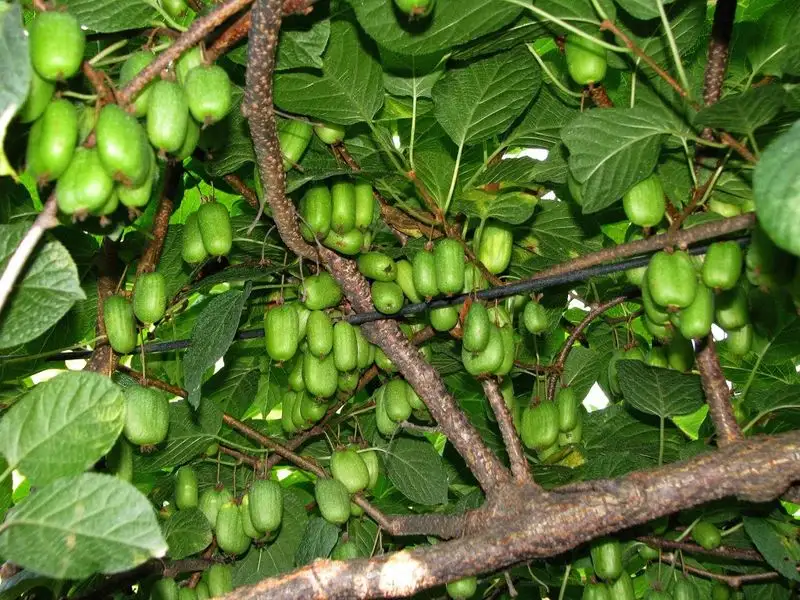
Hardy kiwis are a compact alternative to their larger relatives. These small, smooth-skinned fruits are packed with flavor and vitamin C. Growing on vines, they can be trained on trellises, saving space in small gardens. Hardy kiwis prefer full sun and well-drained soil to thrive. Regular pruning is essential to manage their vigorous growth and maximize fruit production. These bite-sized fruits are perfect for snacking or adding to salads. Their adaptability and delicious taste make them an excellent choice for gardeners with limited space.
Ugli Fruit
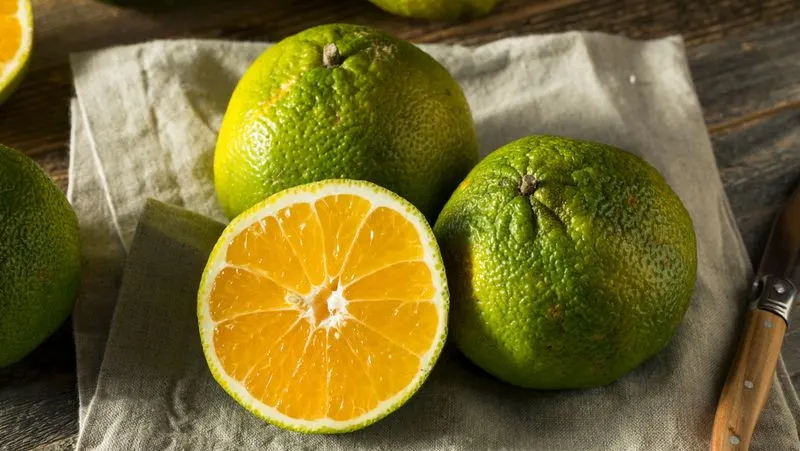
Despite its name, this fruit delivers on flavor. Ugli fruit is a natural hybrid of grapefruit, orange, and tangerine, boasting a sweet tang. It grows well in warm climates with plenty of sun. The tree is relatively compact, fitting well in small spaces. Choose well-drained soil and moderate watering for best results. Its pebbly rind and juicy segments make it a favorite for fresh eating or juicing. Ugli fruit’s unique appearance and refreshing taste offer a delightful twist on traditional citrus, ideal for adventurous gardeners.
Atemoya
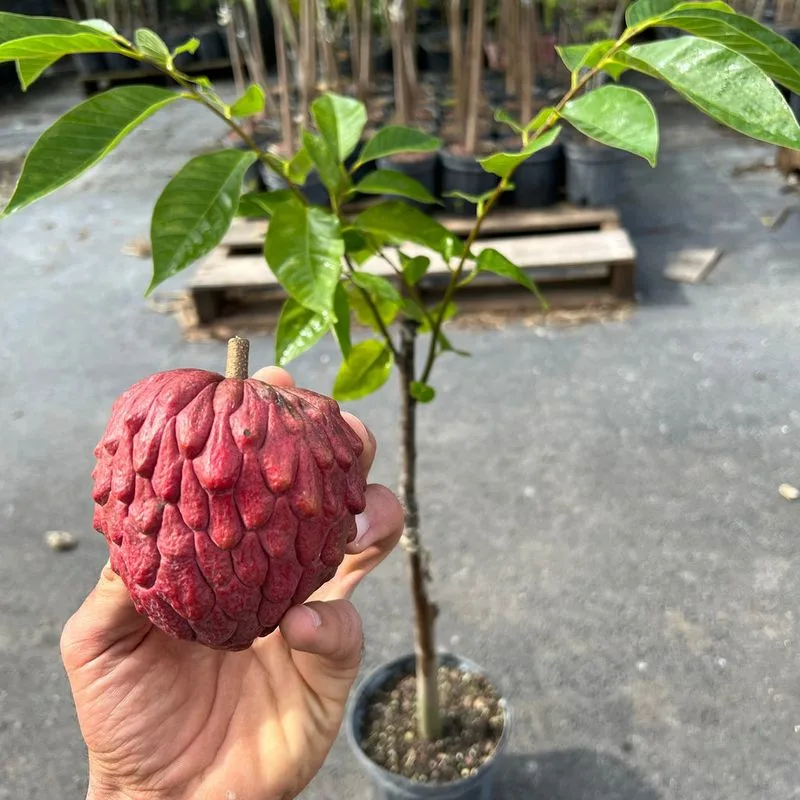
Atemoya is a cross between sugar apple and cherimoya, producing heart-shaped fruits with custard-like flesh. This subtropical fruit prefers warm conditions and plenty of sunlight. Well-drained soil and regular watering support its growth. The creamy, sweet taste pairs well with desserts or as a standalone treat. Its unusual appearance and delightful flavor make atemoya a gardener’s favorite for adding exotic flair to fruit collections. Compact and manageable, it’s perfect for small spaces that crave a touch of the tropics.
Nanking Cherry
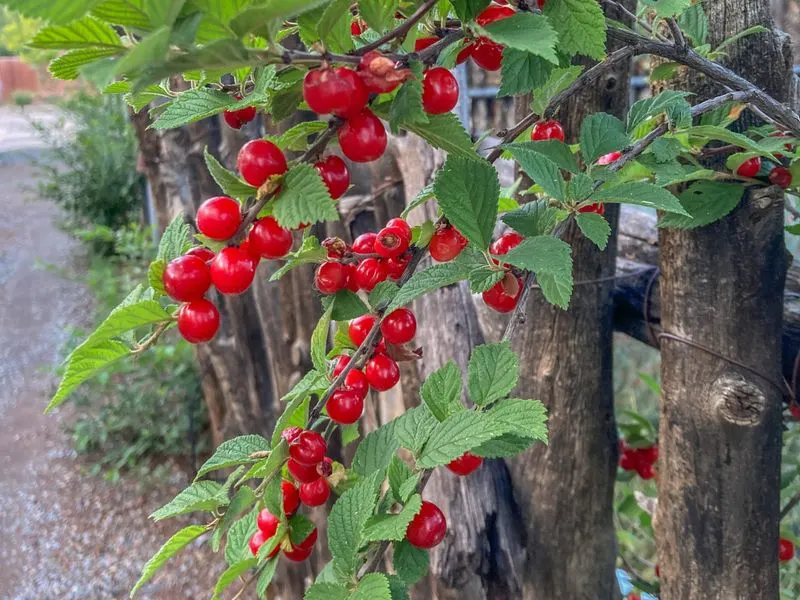
Nanking cherries offer vibrant red berries that pack a punch of flavor. This shrub is perfect for small gardens, growing well in both full sun and partial shade. It thrives in various soil types as long as drainage is adequate. The cherries, sweet with a hint of tartness, are great for jams or fresh eating. Regular pruning encourages a healthy bush and more fruit. Nanking cherry’s ornamental appeal and tasty fruit make it an excellent addition to urban gardens where space is at a premium.
Rambutan
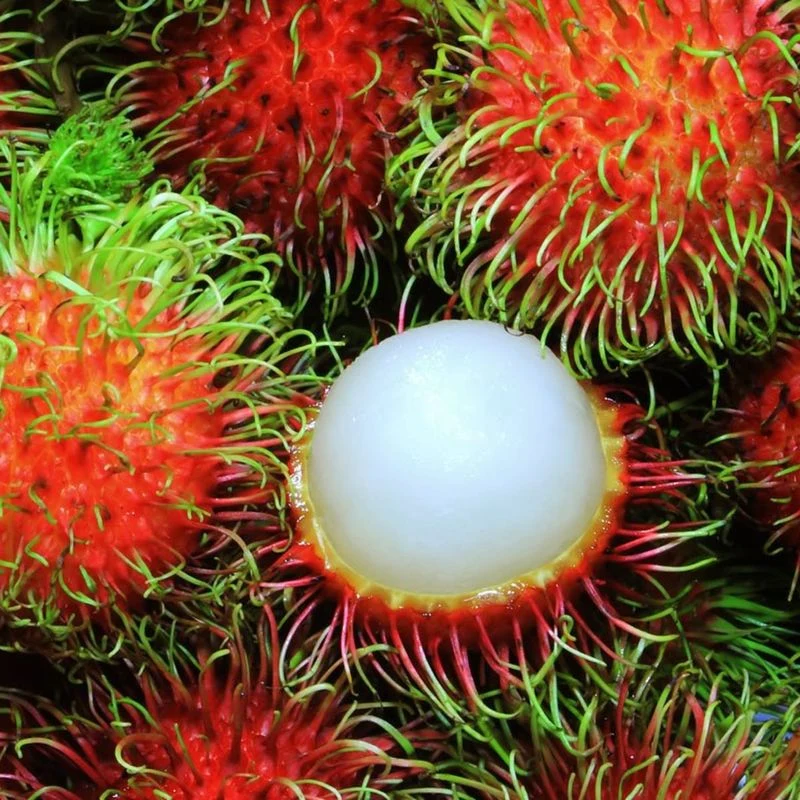
Rambutan captivates with its hairy red shell and juicy, sweet interior. This fruit thrives in tropical climates and requires rich, well-drained soil. While rambutan trees can grow large, regular pruning keeps them manageable for small spaces. Adequate sunlight and moisture are crucial for healthy fruiting. The translucent flesh is perfect for fresh consumption or in desserts. Its exotic look and delightful flavor make rambutan a prized addition for gardeners interested in tropical fruit cultivation. Despite its size, it can be a rewarding challenge.
Calamansi
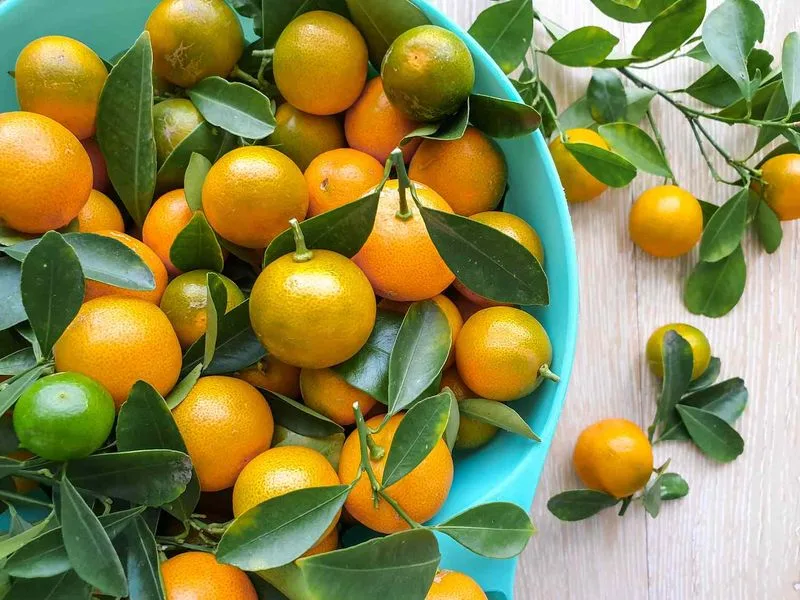
Calamansi, also known as calamondin, is a citrus delight with a tangy twist. These small orange fruits excel in pots and thrive on balconies or patios. They prefer full sun and require regular watering. The fruit’s tangy juice adds zest to beverages, marinades, and desserts. Its compact size and ornamental flowers make it an attractive choice for limited spaces. Calamansi brings a burst of flavor and visual charm, offering both culinary and decorative benefits. Perfect for those who wish to combine style with substance in their gardening endeavors.
Kumquat
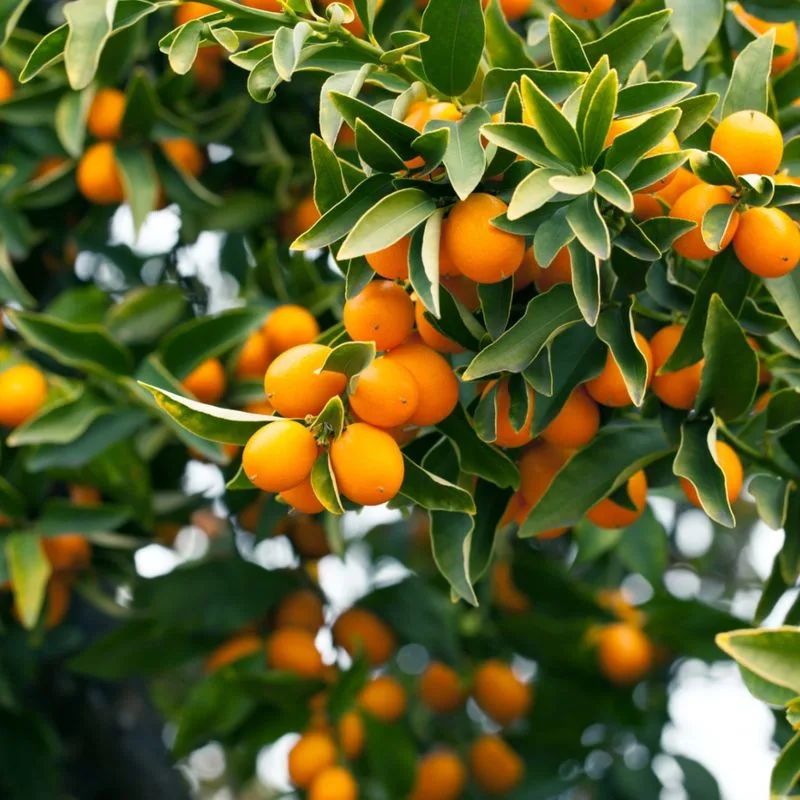
Kumquats are petite, oval citrus fruits known for their sweet peel and tart flesh. Ideal for container gardening, they thrive in full sun and well-drained soil. Regular watering is essential, but avoid soggy conditions. The entire fruit is edible, making it a convenient snack or ingredient for marmalades. Their cheerful appearance and compact growth habit suit small spaces, adding both flavor and decoration. Kumquats are perfect for gardeners who desire a citrus punch without needing extensive space, offering both aesthetic appeal and culinary versatility.
Cherimoya
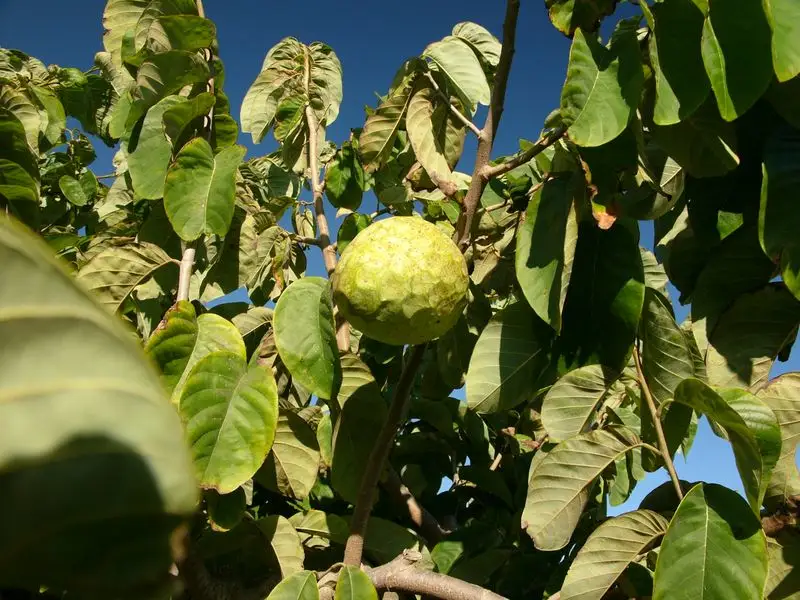
Cherimoya, often referred to as the “custard apple,” delights with its creamy, sweet flesh. This subtropical fruit prefers warm climates and well-drained soil. Though the tree can grow large, strategic pruning helps maintain a manageable size for small areas. Cherimoya’s unique flavor, reminiscent of banana and pineapple, makes it a tropical treat. Used in desserts or enjoyed fresh, it’s a versatile addition to any garden. Its intriguing appearance and delectable taste make cherimoya a favorite among those looking to grow exotic fruits in limited spaces.

